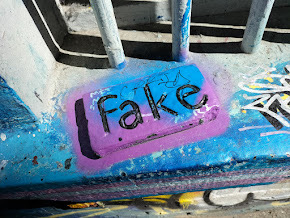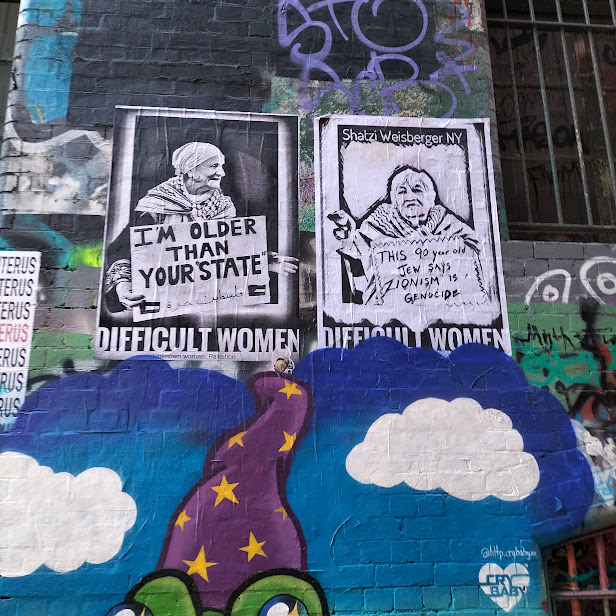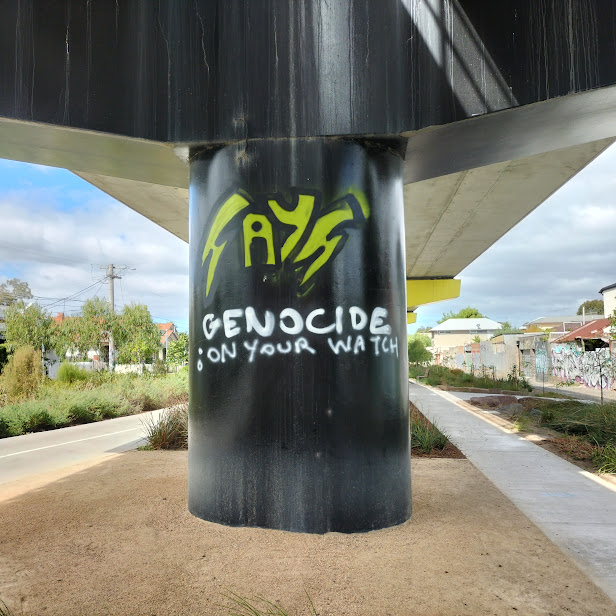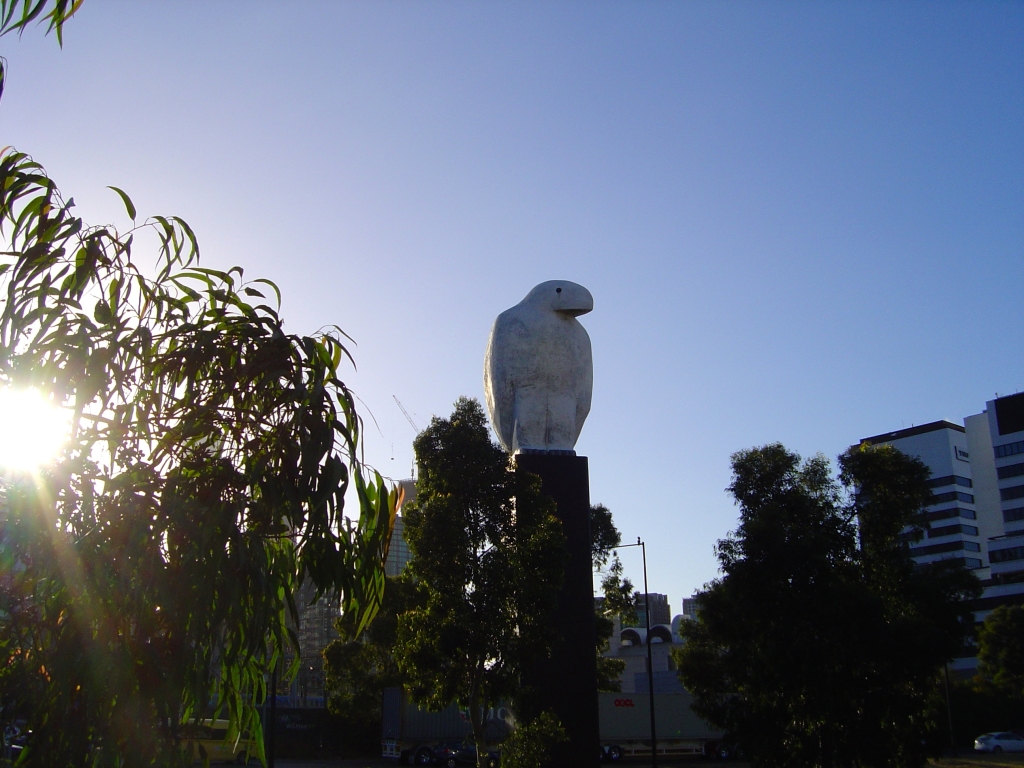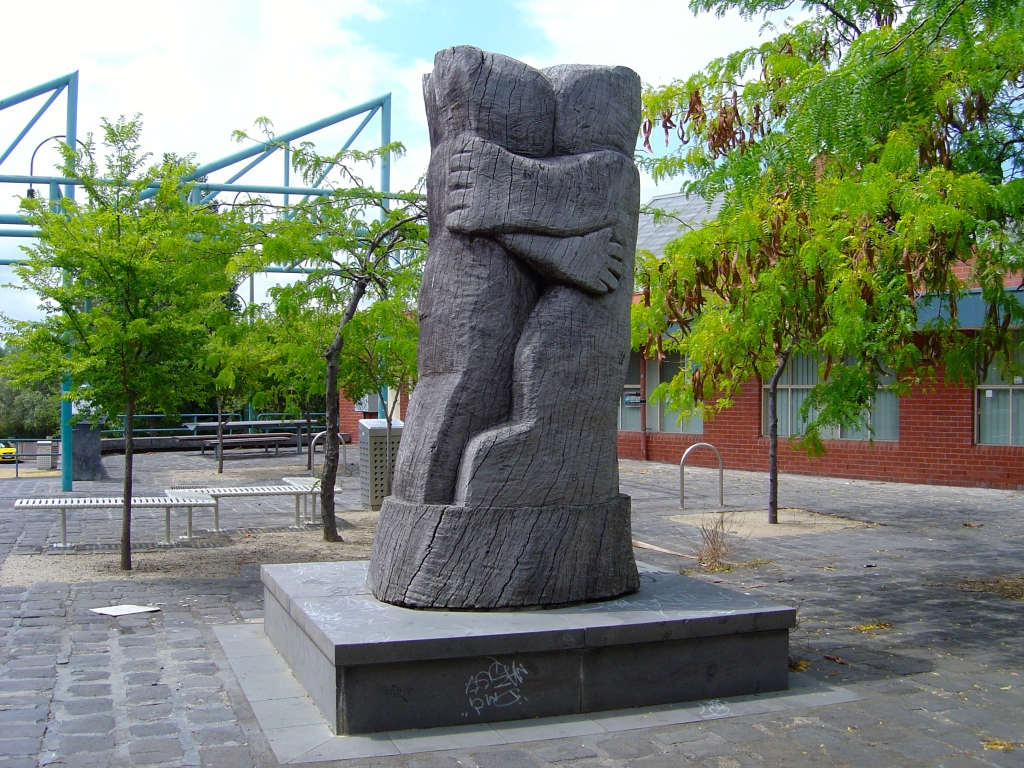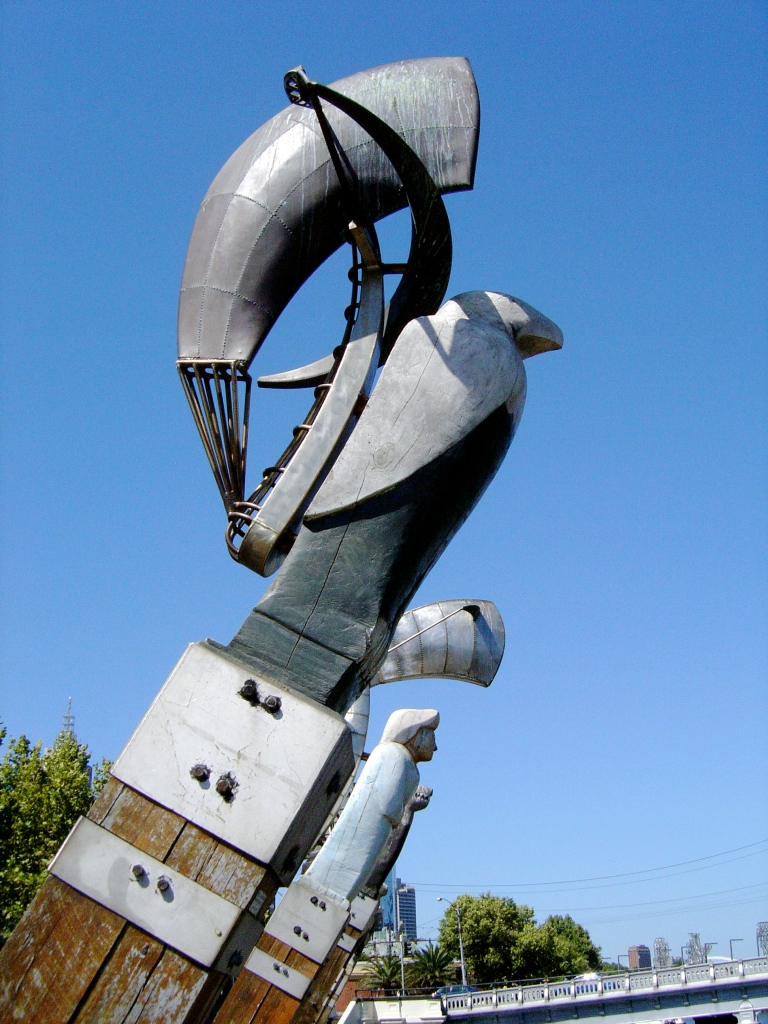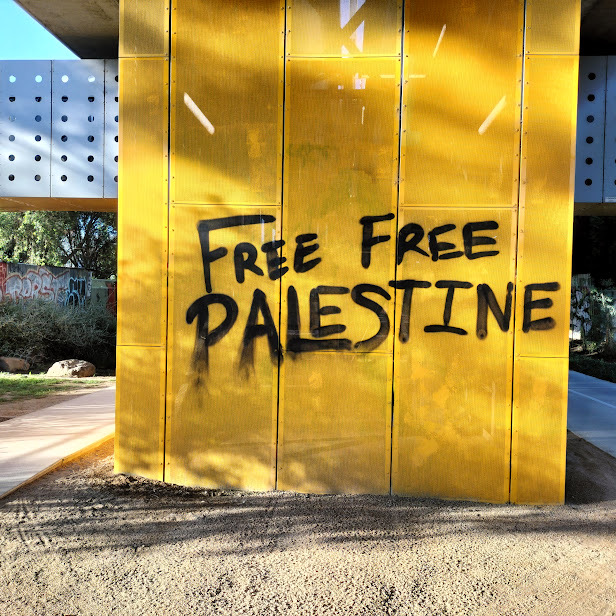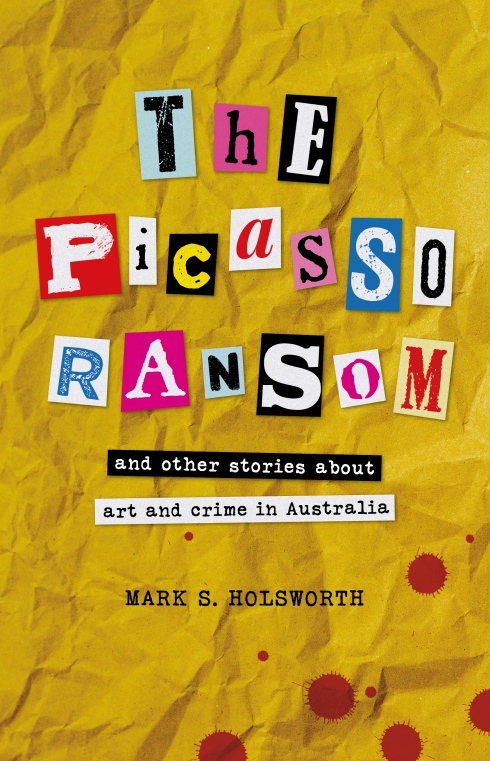When I started this blog in 2008, I wrote a review of a gallery for every second post. Melbourne had over 200 art galleries, and most art exhibitions went unreviewed. Most exhibitions never got any critical attention, good or bad. Now, I no longer review as many art exhibitions. I still go to art exhibitions but don’t write reviews of them. I don’t feel the need anymore and haven’t paid much attention to the commercial gallery scene for a few years.

I have become less enamoured by art galleries for several reasons. Partially because one of the effects of Melbourne’s extended COVID lockdowns was to emphasise what I already knew: there is more to the visual arts than art galleries. COVID restrictions put a damper on visiting galleries, from which I never fully recovered. Now, I don’t think I have the energy to do the long gallery crawls I used to do.
After examining art crimes, I was aware of art galleries laundering money, dealing in looted antiquities, and various marketing scams that create artificial scarcity (NFT art made that too obvious to ignore). And it is not just specific commercial galleries but the institutional galleries providing support for tasteless, artificially scarce, high-end products leading to the corruption of curatorial independence by brands using them as platforms (see my post Is the NGV a high end department store?). Along with the art-washing service they provide their donors.
For example, the NGV does not give providence information to the public, so we don’t know if items in its collection passed through the thieving hands of Subhash Kapoor, Dynamite Doug Lachtford or similar dealers in looted antiquities. The NGV’s Olmec collection is no longer on permanent exhibition. It was acquired as a tax dodge in 1980 along with its dodgy provenance (looted or forged). The NGV describes its provenance as “Presented anonymously, 1980” (nothing to see here).
But mostly, I am writing fewer art exhibition reviews because I’m less interested in that aspect of art and culture. When I started this blog, every second post was about something other than art exhibitions: street art, public sculpture, and my other poorly described ‘categories’ of blog posts. I never intended this blog to be about art exhibitions, so I titled it “Art and Culture Critic.” I wasn’t writing to industry insiders; I wanted to write about art for people who don’t read much about art.
There is more about visual culture on this city’s streets than in all art galleries, from public sculpture to street art. And these things are as important, often immediate and public concerns like the actions to remove statues of colonial heroes or the removal of a mural because of accusations of anti-semitism.
Melbourne’s street art is the most important cultural movement to emerge from this city in my lifetime, and I would have been foolish to ignore it. It was also intellectually stimulating, with several outstanding academics in the city researching the subject. It speaks to a human need to participate in visual culture, not just as a receiver but as a transmitter. And it has the added bonus of joyful discoveries on psychogeographical meanderings around the city.
So, I will still be writing reviews of art exhibitions, but there will probably be fewer of them. If you want more local exhibition reviews, try Memo Review.




